Some fossils don’t just tell stories—they rewrite history. Buried for millions of years, these ancient remains were never meant to see the light of day. Yet somehow, against all odds, they surfaced—shocking scientists and stirring imaginations around the world. From giant sea monsters that ruled before the dinosaurs to winged beasts that once blotted out the sun, these discoveries didn’t just fill in the blanks—they opened brand new chapters. Each fossil is a time capsule. Each one, a whisper from a world we never knew. And together, they drag the distant past straight into our hands. Ready to meet the creatures that once ruled Earth—and nearly vanished without a trace? Let’s dig in.
Archaeopteryx

The Archaeopteryx fossil, discovered in Germany, bridges the gap between dinosaurs and modern birds. This creature possessed feathers and wings akin to birds, yet retained dinosaur-like features, such as sharp teeth and a bony tail. In 1861, its discovery was groundbreaking, offering the first evidence of a direct link between birds and dinosaurs. Each bone, perfectly preserved in limestone, tells a tale of evolution. A fascinating mix of avian and reptilian traits, this fossil continues to shape our understanding of life’s transition from land to air. Britain’s Natural History Museum remains its proud home.
Coelacanth
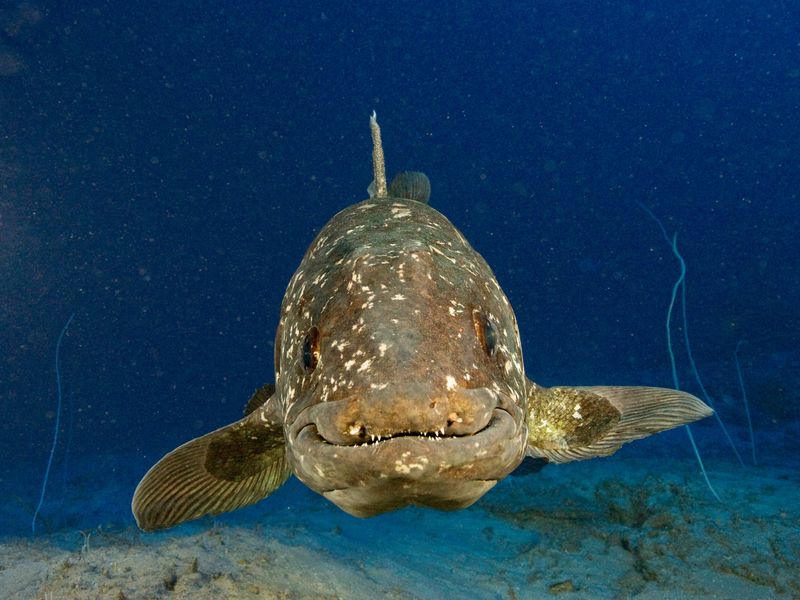
Thought extinct for millions of years, the Coelacanth was rediscovered in 1938 off South Africa’s coast. Its blue, lobed fins and unique body structure make it a living fossil, bridging the evolutionary gap between fish and land animals. This enigmatic creature, with its ancient lineage, fascinates researchers worldwide. Unlike typical fish, Coelacanths possess a hinged skull and limb-like fins, hinting at the transition from water to land. Their discovery reshaped scientific understanding and reignited interest in evolutionary studies, illustrating how life’s mysteries are often hidden in ocean depths.
Trilobite

Trilobites, the marine arthropods that dominated oceans over 300 million years ago, are often celebrated as one of the earliest complex life forms. Their fossils reveal a variety of shapes and sizes, showcasing a rich evolutionary history. With their segmented bodies and complex eyes, Trilobites adapted to numerous marine environments. Unearthed worldwide, these fossils have provided insights into early life on Earth and evolutionary patterns. Each discovery adds to the tapestry of prehistoric life, with fossils often found in dazzling detail. Their legacy endures, symbolizing the dawn of animal diversity.
Ichthyosaurus

Ichthyosaurus, resembling a modern dolphin, thrived in the oceans during the Jurassic period. Its streamlined body and large eyes made it an efficient predator. Unearthed in England, its fossils have illuminated the adaptations of marine reptiles. Ichthyosaurus’ discovery prompted new insights into convergent evolution, where unrelated species develop similar traits. These fossils, often complete and well-preserved, tell stories of life beneath ancient waves. With each new find, Ichthyosaurus deepens our understanding of marine life evolution. Its place in paleontology is cemented, bridging ancient marine reptiles and today’s ocean fauna.
Mammoth
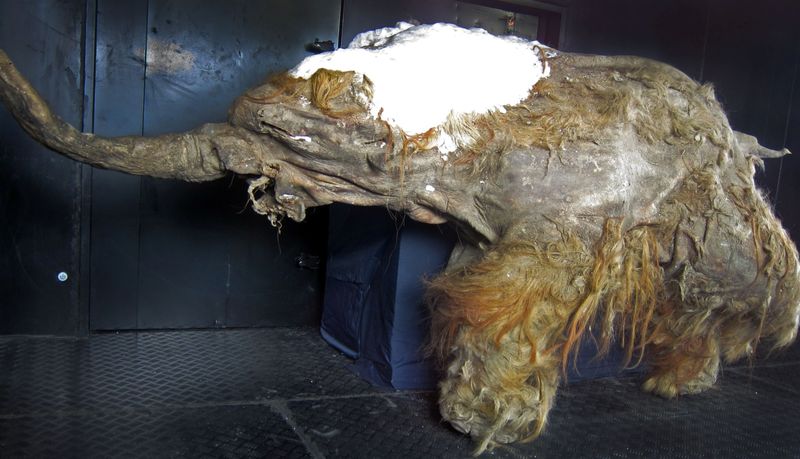
Majestic and enormous, the Mammoth roamed the icy plains of the Pleistocene epoch. Unearthed in Siberian permafrost, these fossils reveal an era where giant mammals dominated. With long, curved tusks and thick, woolly coats, Mammoths adapted to frigid climates. Their remains, often found in exceptional condition, provide insights into Ice Age ecosystems. As researchers uncover more Mammoth fossils, they piece together migration patterns and extinction causes. These colossal creatures capture public imagination, symbolizing the grandeur and mystery of Earth’s frozen past. Their legacy continues, inspiring interest in prehistoric life.
Velociraptor

Velociraptor, the swift predator of the Cretaceous period, continues to captivate imaginations. Discovered in Mongolia’s Gobi Desert, its fossils reveal a creature built for speed and agility. With a sickle-shaped claw on each foot and a sleek, feathered body, Velociraptor was a formidable hunter. Its discovery highlighted the diversity of small theropod dinosaurs and their evolutionary connection to birds. Fossils, often found locked in combat with other dinosaurs, provide vivid snapshots of prehistoric life. Velociraptor remains a symbol of dinosaurian cunning and ferocity, fueling fascination with ancient predators.
Stegosaurus
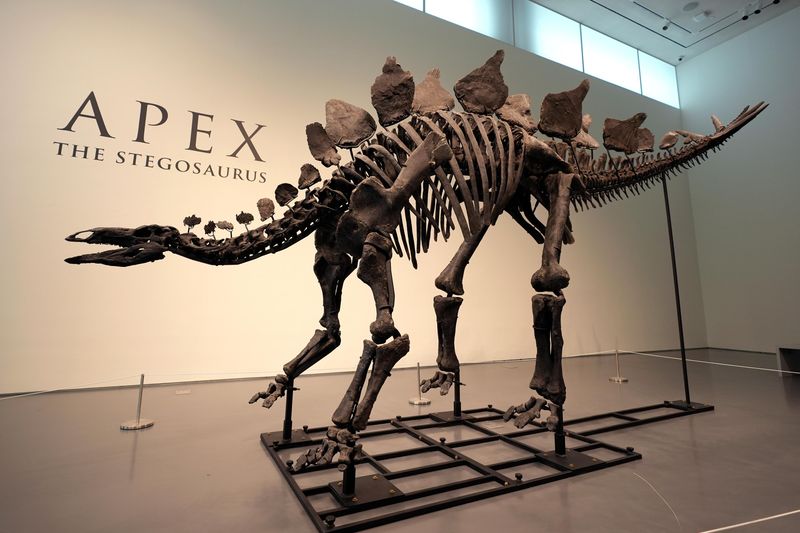
Stegosaurus, with its iconic dorsal plates and spiked tail, roamed North America’s landscapes during the Jurassic period. Found in Colorado, its fossils reveal a plant-eating dinosaur with a small brain but formidable defense mechanisms. The purpose of its plates, whether for display or thermoregulation, continues to intrigue scientists. Stegosaurus’ discovery has enriched our understanding of herbivorous dinosaur behavior and physiology. Each fossil, an intricate puzzle piece, helps reconstruct a vivid picture of prehistoric ecosystems. This gentle giant remains a beloved figure, illustrating the diversity of dinosaur life.
Tyrannosaurus Rex
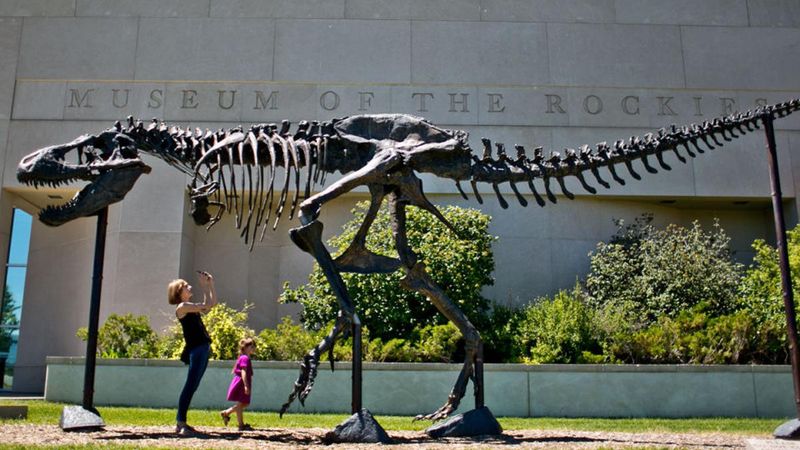
The Tyrannosaurus Rex, or T. Rex, stands as the quintessential carnivorous dinosaur. Unearthed in the badlands of Montana, its colossal skull and serrated teeth tell of a top predator. With a robust body and powerful hind limbs, T. Rex was built for dominance. The discovery of its fossils has provided invaluable insights into Cretaceous ecosystems and predator-prey dynamics. Each bone tells a story of a life spent hunting and surviving. T. Rex remains a symbol of prehistoric power, captivating audiences and inspiring countless depictions in media and art.
Pterodactyl
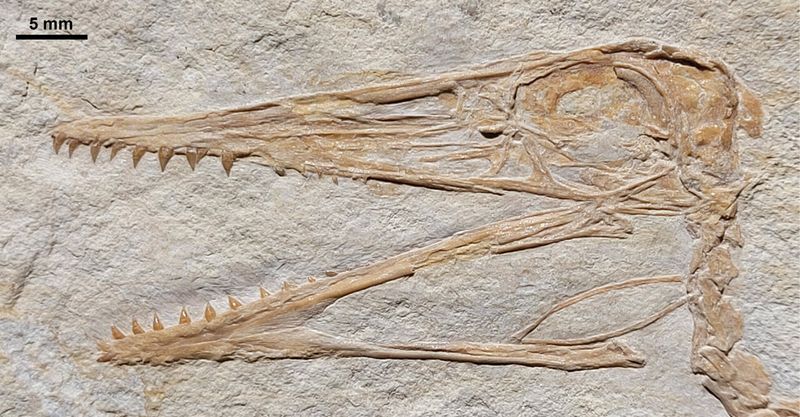
Pterodactyls, the first vertebrates to achieve powered flight, soared above Jurassic landscapes. Their fossils, found in Germany, reveal creatures with wingspans rivaling small aircraft. With lightweight skeletons and elongated beaks, Pterodactyls were adept hunters of fish and insects. The discovery of these fossils revolutionized our understanding of vertebrate flight evolution. Each fossilized wing and bone offers clues about aerodynamics and adaptation. Pterodactyls symbolize the boundless possibilities of nature’s evolutionary experiments, marking a significant chapter in the history of life on Earth. Their legacy inspires fascination with ancient skies.
Diplodocus

Diplodocus, a gentle giant of the late Jurassic, is renowned for its elongated neck and tail. Found in Wyoming, its fossils paint a picture of a colossal herbivore grazing ancient ferns. Weighing as much as 15 tons, it roamed in herds, shaping prehistoric landscapes. The discovery of Diplodocus fossils has offered insights into the physiology and behavior of sauropod dinosaurs. Each vertebra tells a story of adaptation to a world long vanished. Diplodocus remains a beloved symbol of dinosaur majesty, inviting wonder and curiosity about the giants that once walked the Earth.
Megalosaurus
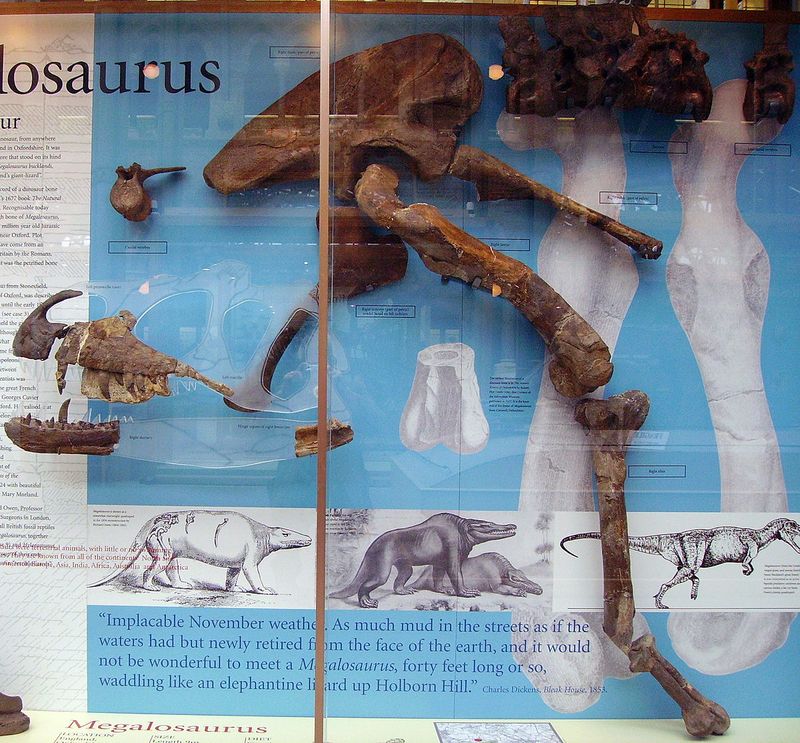
Megalosaurus holds the distinction of being the first dinosaur formally named and described. Discovered in England, its fossils were pivotal in establishing the field of paleontology. This large theropod dinosaur, with its strong limbs and sharp teeth, was an apex predator of its time. The discovery marked a turning point in scientific understanding, fueling debates and interest in Earth’s prehistoric past. Each fossil unearthed adds layers to the story of early dinosaur evolution. Megalosaurus continues to capture imaginations, symbolizing the dawn of dinosaur discovery and scientific exploration.
Paraceratherium

Paraceratherium, the largest land mammal to ever walk the Earth, thrived during the Oligocene epoch. Its fossils, found in Asia, reveal a towering creature resembling a hornless rhinoceros. With its long neck and colossal size, Paraceratherium roamed ancient woodlands, feeding on soft leaves. The discovery of these fossils has provided insights into the evolution and adaptation of large mammals. Each bone tells of a creature that defied the limits of size. Paraceratherium remains a testament to the diversity of prehistoric life, capturing the imagination with its sheer grandeur and mystery.
Dodo
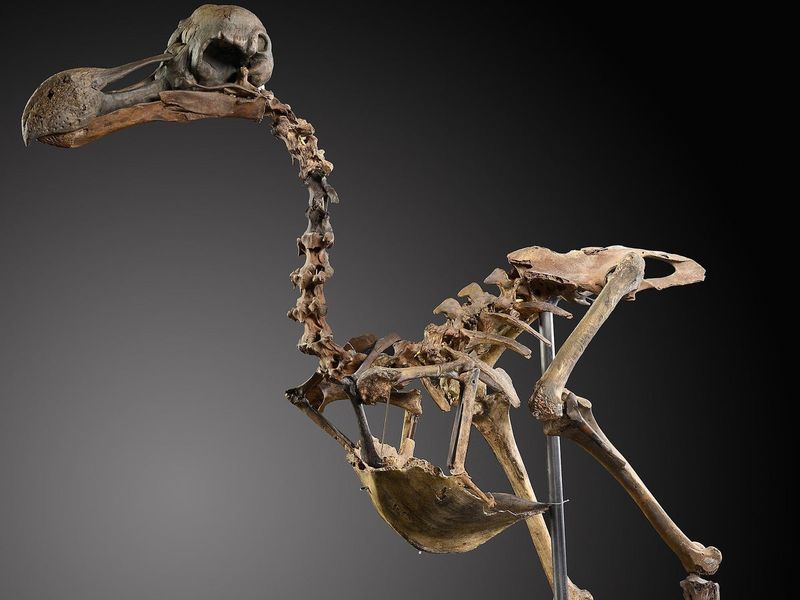
The Dodo, an emblem of extinction, was a flightless bird native to Mauritius. Its fossils, alongside historical records, paint a picture of a curious creature that vanished due to human activity. With a stout body and small wings, the Dodo adapted to an island life with few predators. The discovery and study of its remains have offered poignant lessons on the impact of human colonization. Each fossil fragment speaks of a lost world, prompting reflection on conservation and biodiversity. The Dodo remains a symbol of fragility and resilience, reminding us of the delicate balance of nature.
Megalodon
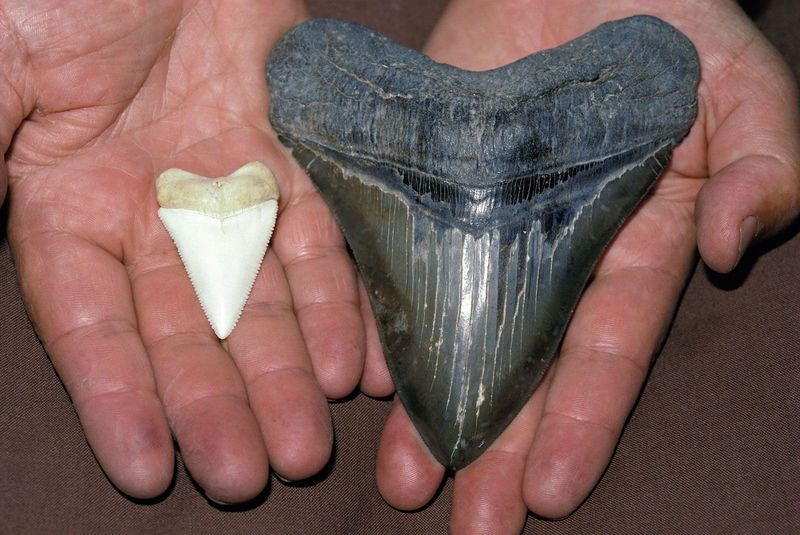
Megalodon, the colossal shark of the prehistoric seas, commanded oceans with its enormous jaws. Often found as large teeth fossils, these remnants hint at a predator that dwarfed today’s great white sharks. With an estimated length of up to 60 feet, Megalodon was a dominant force in marine ecosystems. Its discovery has provided insights into shark evolution and extinction patterns. Each fossilized tooth tells a story of ancient oceanic life and predation. Megalodon continues to captivate imaginations, symbolizing the awe-inspiring power and mystery of the ancient seas.

